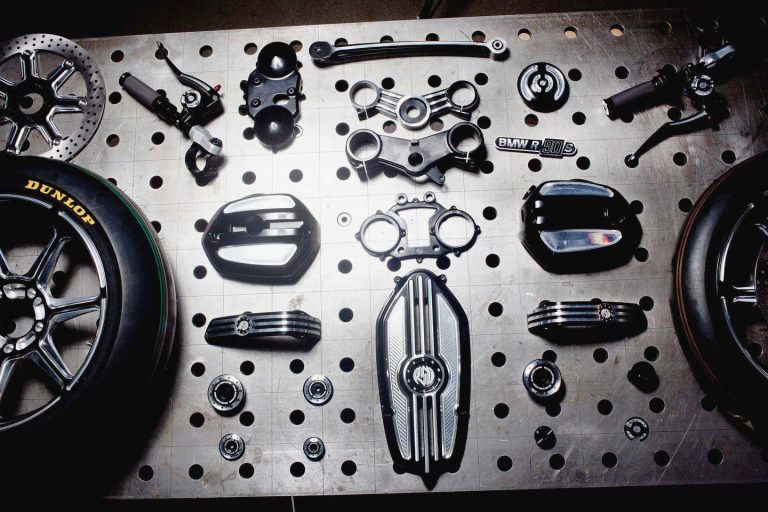From Concept to Creation: The Artistry of Stylized 3D Character Design in Gaming
In the realm of modern gaming, the art of character design stands as a cornerstone, captivating players with its intricate details and compelling narratives.
Among the diverse styles that grace our screens, stylized 3D character design emerges as a captivating fusion of creativity and technical mastery.
From whimsical worlds to epic adventures, these characters breathe life into virtual landscapes, leaving an indelible mark on players worldwide.
Conceptualization
At the heart of every stylized 3D character lies a spark of inspiration, igniting the creative process. Concept artists wield their imagination like a brush on a canvas, crafting sketches and illustrations that serve as the foundation for character design.
Whether drawing from mythology, folklore, or entirely original concepts, these initial sketches breathe life into the character, setting the stage for their digital evolution.
Iterative Design
Once the concept takes shape on paper, it undergoes a transformation into the digital realm. Using specialized software such as ZBrush or Blender, 3D modelers meticulously sculpt the character, refining each contour and curve to match the original vision.
This iterative process involves multiple revisions, with feedback from art directors and fellow team members guiding the evolution of the character.
Texturing and Shading
With the sculpt finalized, the character enters the realm of texturing and shading, where artists imbue them with color, texture, and personality.
This stage involves painting intricate details onto the model, from the subtle creases of clothing to the weathered patina of armor. Through the magic of shaders, materials come to life, reflecting light in a way that enhances the character’s realism or stylization.
Rigging and Animation
Behind every lifelike movement lies a complex system of digital puppetry known as rigging and animation. Rigging artists create a skeletal structure within the character, enabling them to move with fluidity and precision.
Animators breathe life into these digital marionettes, imbuing them with personality through motion and expression. From subtle gestures to dynamic combat sequences, each animation enriches the player’s experience, drawing them deeper into the game world.
Integration into Game Engine
As the character nears completion, it undergoes integration into the game engine, where all its elements converge to create a seamless interactive experience.
Programmers and technical artists ensure that the character’s model, textures, animations, and behaviors function harmoniously within the game environment. Through optimization and fine-tuning, they strive to achieve the perfect balance between visual fidelity and performance.
Iterative Refinement
Even as the game nears release, the process of character design remains fluid, with ongoing refinement based on player feedback and artistic vision. Updates and patches provide opportunities to tweak animations, enhance textures, or introduce entirely new characters based on player demand.
This iterative approach ensures that the game remains fresh and engaging long after its initial release, fostering a vibrant community of players and creators.
Conclusion
In the ever-evolving landscape of gaming, stylized 3D character design continues to captivate audiences with its blend of artistry and innovation. From humble sketches to fully realized digital personas, each character represents a labor of love, spanning countless hours of creativity and craftsmanship.
As technology advances and artistic boundaries expand, one thing remains certain: the artistry of stylized 3D character design will continue to inspire and enthrall players for generations to come.






